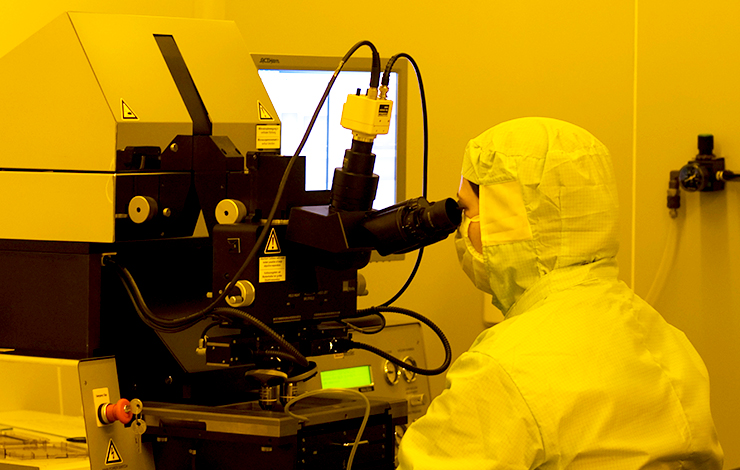


Improving positive and negative bias illumination stress stability in parylene passivated IGZO transistors
| Title | Improving positive and negative bias illumination stress stability in parylene passivated IGZO transistors |
| Publication Type | Journal Article |
| Year of Publication | 2016 |
| Authors | b Kiazadeh A a, c Gomes HL b, Barquinha P a, Martins J a, Rovisco A a, Pinto JV a, Martins R a, Fortunato E a |
| Journal | Applied Physics Letters |
| Volume | 109 |
| ISSN | 00036951 |
| Keywords | Bias voltage, Coatings, Electrical performance, Encapsulation layer, Indium, Indium gallium zinc oxides, Neutralization process, Operational stability, Passivation, Semi-conductor surfaces, Stability, Stretched exponential models, Surface defects, Thin film transistors, Threshold voltage, Threshold voltage shifts, Transistors, Zinc coatings |
| Abstract | The impact of a parylene top-coating layer on the illumination and bias stress instabilities of indium-gallium-zinc oxide thin-film transistors (TFTs) is presented and discussed. The parylene coating substantially reduces the threshold voltage shift caused by continuous application of a gate bias and light exposure. The operational stability improves by 75%, and the light induced instability is reduced by 35%. The operational stability is quantified by fitting the threshold voltage shift with a stretched exponential model. Storage time as long as 7 months does not cause any measurable degradation on the electrical performance. It is proposed that parylene plays not only the role of an encapsulation layer but also of a defect passivation on the top semiconductor surface. It is also reported that depletion-mode TFTs are less sensitive to light induced instabilities. This is attributed to a defect neutralization process in the presence of free electrons. © 2016 Author(s). |
| URL | https://www.scopus.com/inward/record.uri?eid=2-s2.0-84981155175&doi=10.1063%2f1.4960200&partnerID=40&md5=d3f5245134d17c2b45d10c6623cb25ef |
| DOI | 10.1063/1.4960200 |








